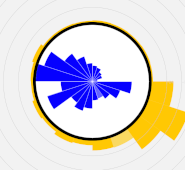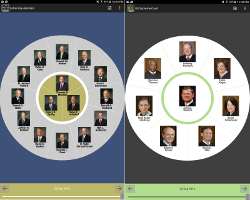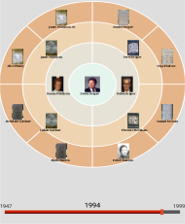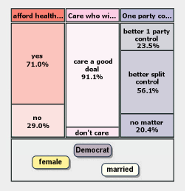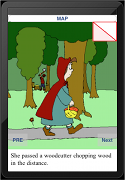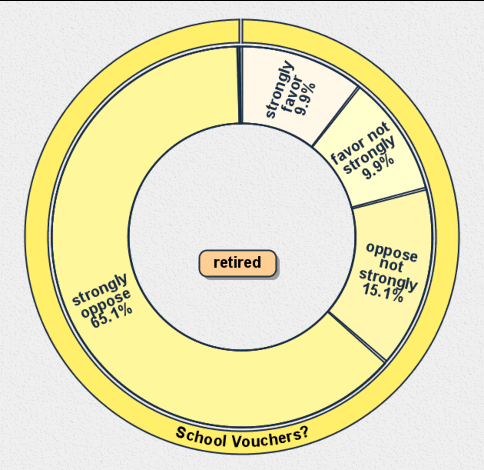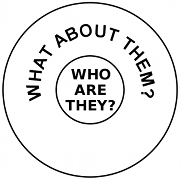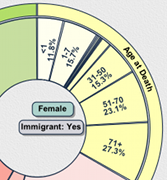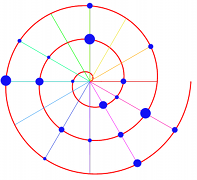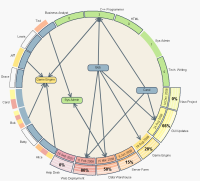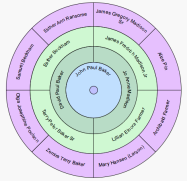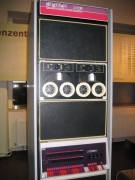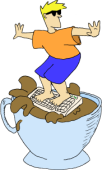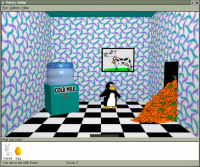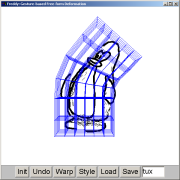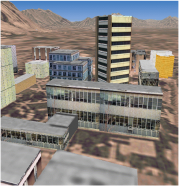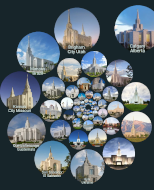
Temples Timeline project published in BYU Studies Quarterly, October 2021 issue.
We propose an interactive radial visualization of tabular data optimized for mobile devices. Our visualization employs a spiral layout, making it suitable for small handheld touchscreens. Users can view an overview of the data, search for specific items, and access details as needed. As a proof of concept of our visualization metaphor, we have implemented two mobile applications: Temples Timeline and Hundred Chinese Surnames. The first shows a chronology of temples operated by the Church of Jesus Christ of Latter-day Saints from 1836 to the present. The second app provides an interactive visualization of the most common Chinese surnames.
Read the Pacific Visualization paper | Hundred Chinese Surnames demo video | Download Hundred Chinese Surnames: Google Play or Amazon Appstore
Read the BYU Studies paper | Temples Timeline demo video (English) | Temples Timeline demo video (Chinese) | Download Temples Timeline: Google Play or Amazon Appstore or Apple App Store
